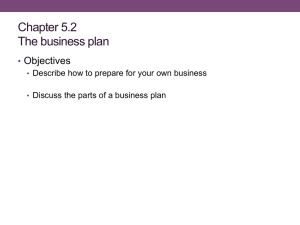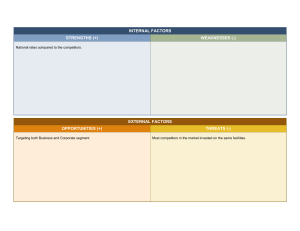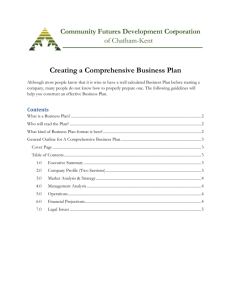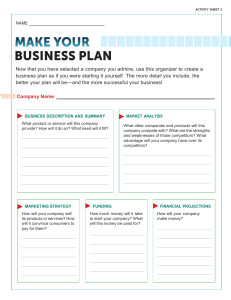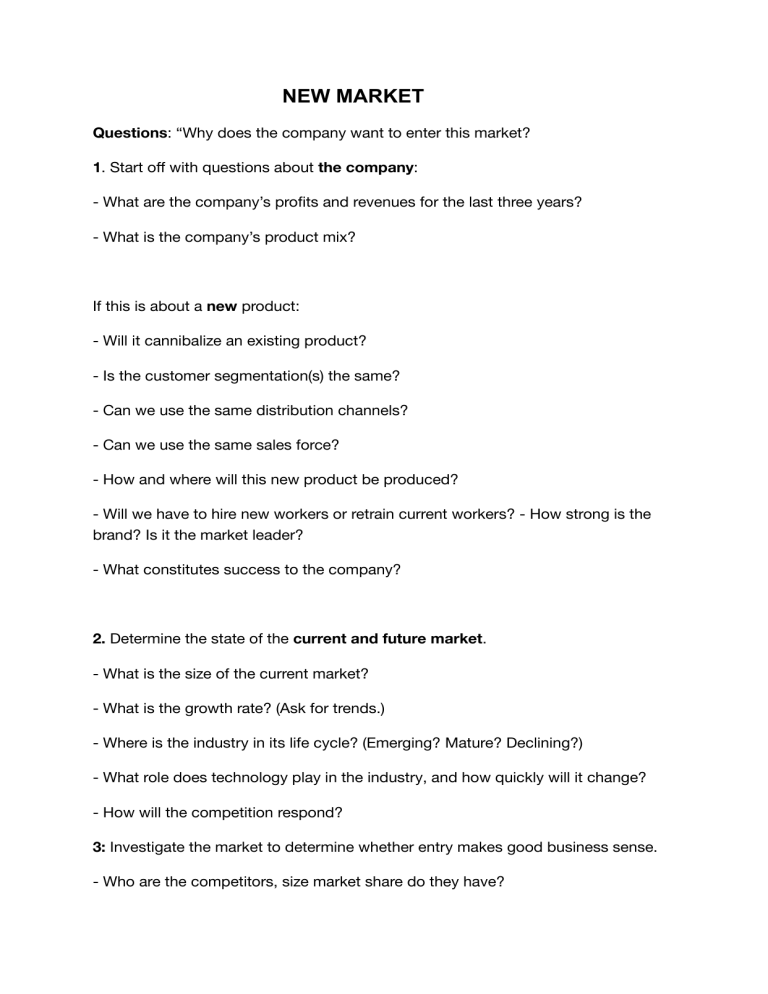
NEW MARKET Questions: “Why does the company want to enter this market? 1. Start off with questions about the company: - What are the company’s profits and revenues for the last three years? - What is the company’s product mix? If this is about a new product: - Will it cannibalize an existing product? - Is the customer segmentation(s) the same? - Can we use the same distribution channels? - Can we use the same sales force? - How and where will this new product be produced? - Will we have to hire new workers or retrain current workers? - How strong is the brand? Is it the market leader? - What constitutes success to the company? 2. Determine the state of the current and future market. - What is the size of the current market? - What is the growth rate? (Ask for trends.) - Where is the industry in its life cycle? (Emerging? Mature? Declining?) - What role does technology play in the industry, and how quickly will it change? - How will the competition respond? 3: Investigate the market to determine whether entry makes good business sense. - Who are the competitors, size market share do they have? - How do their products differ from ours? - How will we price our products or services? - Are substitutions available? - Are there any barriers to entry? (Examples: lack of brand or street cred, capital requirements, access to raw materials, access to distribution channels, lack of human capital, and government policy. Industries dominated by a small number of big players can also be a barrier.) - Are there barriers to an exit? How would we exit if this market sours? - What are the risks? (For example, changing market regulations or technology.) There are four major ways to enter a market: - Start from scratch and grow organically. - Acquire an existing player from within the industry. (Grow inorganically) - Form a joint venture/strategic alliance with another player with a similar interest. What can each side bring to the venture? - Outsourcing. Have someone else manufacture the product, with the client still handling marketing and distribution. Cost-benefit analysis. Analyze the pros and cons of each strategy. You can use this whenever you are trying to decide whether to proceed with a decision. Developing a New Product: The product itself: • What’s special or proprietary about it? Is the product patented? For how long? • Are there similar products out there? Are there substitutions? • What are the advantages and disadvantages of this new product? • How does this new product fit in with the rest of our product line? • Can our sales force sell it? Think about market strategy: How does this strategy affect our existing product line? • Are we cannibalizing our own sales from an existing product? • Are we replacing an existing product? • How will this strategy expand our customer base and increase our sales? • What will the competitive response be? • If we are entering a new market, what are the barriers to entry? • Who are the major players, and what are their respective market shares? Think about customers: • Who are our customers, and what is important to them? • How are they segmented? • How can we best reach them? • How can we ensure that we retain them? • What is the cost per customer? Funding: • How is this product being funded? Does our company have the cash, or are we taking on debt? And can we support the debt under various economic conditions? • What is the best allocation of funds? Consumer Adoption Rates: How many units can we expect to sell? First, it is very rare for a new product, no matter good it is, to capture more than 10 percent of the market in its first year. It is more likely to be between 3 and 5 percent. It depends on the market, the strength of the competition, and how much better this new product is than its competitors. Second, you should take into consideration the Rogers Adoption/Innovation Curve

